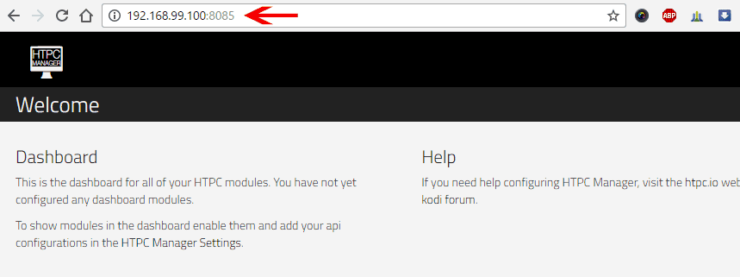

- #Kitematic configure network install#
- #Kitematic configure network tv#
- #Kitematic configure network download#
- #Kitematic configure network free#
- #Kitematic configure network mac#
Start CMD or PowerShell with Admin Rights RuckZuck is also integrated in Syntaro, so you can easily deploy packages from both repositories to your devices. Syntaro is used as a private repository for Win32 apps, which require product keys or specific configuration and are normally not deployable over Intune. We are using this project in our modern managed workplace projects with Intune and Syntaro.

There is no liability by RuckZuck or somebody else, it’s like when you downloaded the apps from the publisher’s page and then deployed them. Important is, that you have the responsibility to check if the packages work in your environment. RuckZuck Cache is caching installation files in your network and helps to lower internet traffic from your company network. It’s highly recommended to also contribute to this project if you have open source apps which are not already in the repository.
#Kitematic configure network free#
RuckZuck.tools is one of the great projects of Roger Zander and helps companies to get free and opensource applications from a cloud repository without the need of repackaging them. I’m doing this because I need the RuckZuck.Cache from Roger Zander. The first time this can be a little bit tricky, so I decided to share my knowledge in a step by step blog.
#Kitematic configure network install#
Sounds exciting? Go ahead install Sonarr on Docker using Kitematic GUI and make your home server better.In one of the projects I had to configure the Docker container infrastructure because the customer doesn’t have one. You may use the Sonarrlink app to remotely manage sonarr.
#Kitematic configure network tv#
Notice how much more simple it is to setup Sonarr using Kitematic than commandline? Now you can go ahead and TV shows and start enjoying them on your media center. If Sonarr opens up in your browser as shown above, you are all set. You may then access Sonarr on your web browser using the URL or Link displayed in the "Home" tab or under "Ports". Make sure to restart your container after making the port change. This allows you to set port forwarding on your router and access Sonarr from outside your home network.
#Kitematic configure network mac#
In this case, I set the MAC IP:PORT to the same as DOCKER PORT for Sonarr (ie.

You will then have to choose a different port number. While manually changing, if you choose a port number that is already being used by another service, Kitematic will notify you. If I let Docker decide the port number, I noticed that sometimes the container does not start, possibly due to port conflicts. Under Settings -> Ports for the Sonarr container, you can change the access port to the default port number or anything of your liking.

Change Sonarr Port Numberīefore accessing Sonarr, I recommend changing MAC IP:PORT. Our Exclusive Promo Link Gives You 15% Off 2 Billing Cycles. Once done, hit "RESTART" for the new settings to take effect. Configure Docker Volumes For Sonarrĭo not setup a folder for "config" as this often leads to Sonarr database corruption. Hit the "CHANGE" button and setup the path for "downloads" (where Sonarr downloads content) folder and "tv" (where the episode is finally moved to and organized) folder, as shown below.
#Kitematic configure network download#
But the chances are you have a specific download folder and a TV shows folder. This may or may not be the right place or have enough space, depending on your situation. By default, Docker containers will save any data in the containers folder in C Drive and Sonarr won't have access to folders outside that. You want Sonarr to be able to download TV show episodes and move them to correct folder. When done, you will see the "RUNNING" status and the Sonarr access URL and port, as shown in the picture above. Wait for the container setup to complete. Once Sonarr Docker Hub container image is downloaded, Kitematic will use the image to create a new container with Sonarr. Download Sonarr Container From Docker Hub 3. The Sonarr container image will start to download as shown below. Once your figure out which Sonarr container image you want to use (in this case LinuxServer's), hit the "Create" button as shown in the picture above to install Sonarr on Docker. Remember, one of the advantages of Docker is that it isolates containers from the base OS and therefore you cannot damage your OS. LinuxServer's containers are widely used ( Needo is another good one). I typically get the containers with high like and download numbers. If you want to see all available Sonarr containers, search for just "Sonarr". We are going to install LinuxServer's container. There are several Sonarr container images available on Docker hub. Search For Sonarr Container On Docker Hub Using Kitematic Search for "Linuxserver Sonarr" in the search box as shown in the picture below. Once Kitematic is open and connected to your Docker engine. For more plans that may fit your needs please read our Usenet plan selection guide.ġ.


 0 kommentar(er)
0 kommentar(er)
